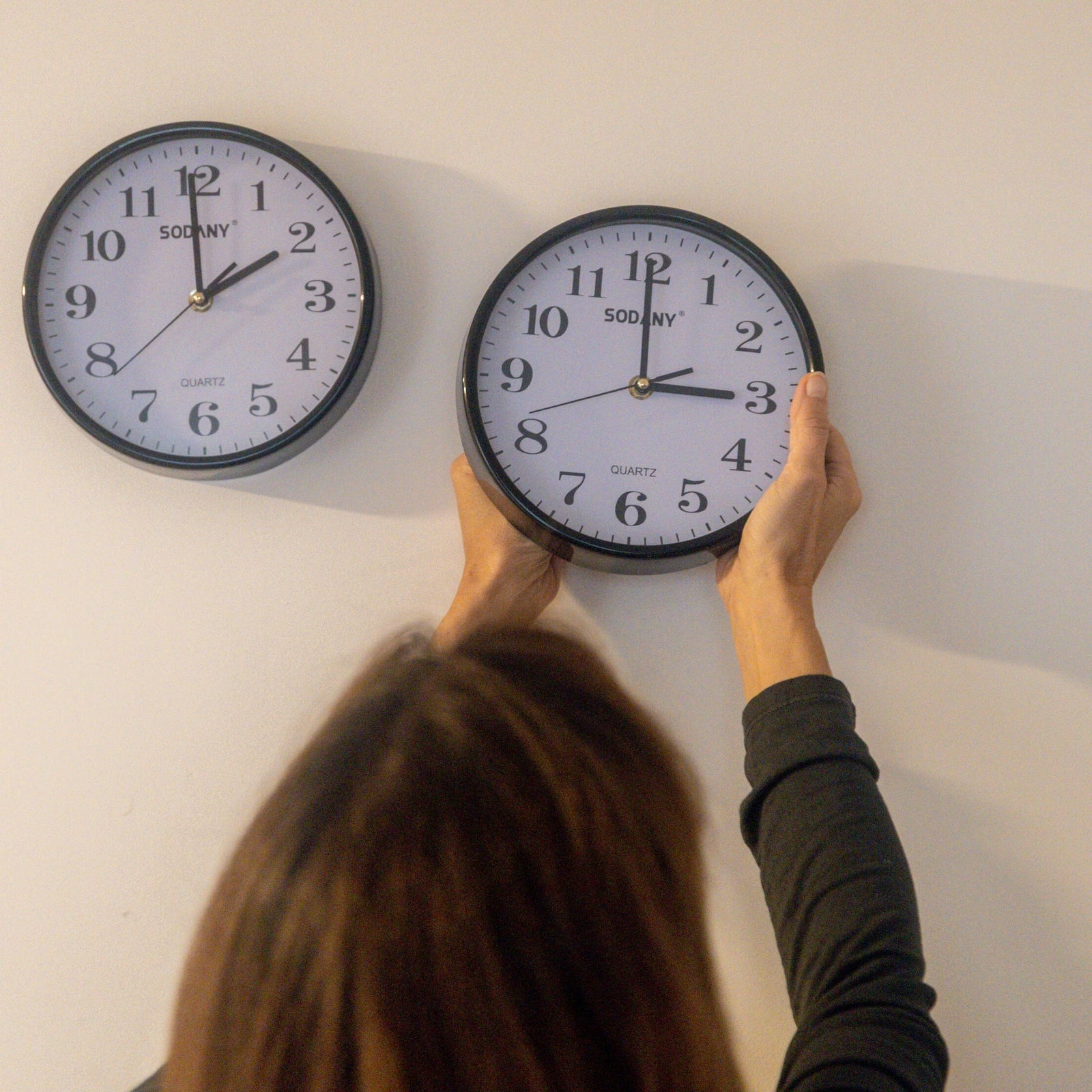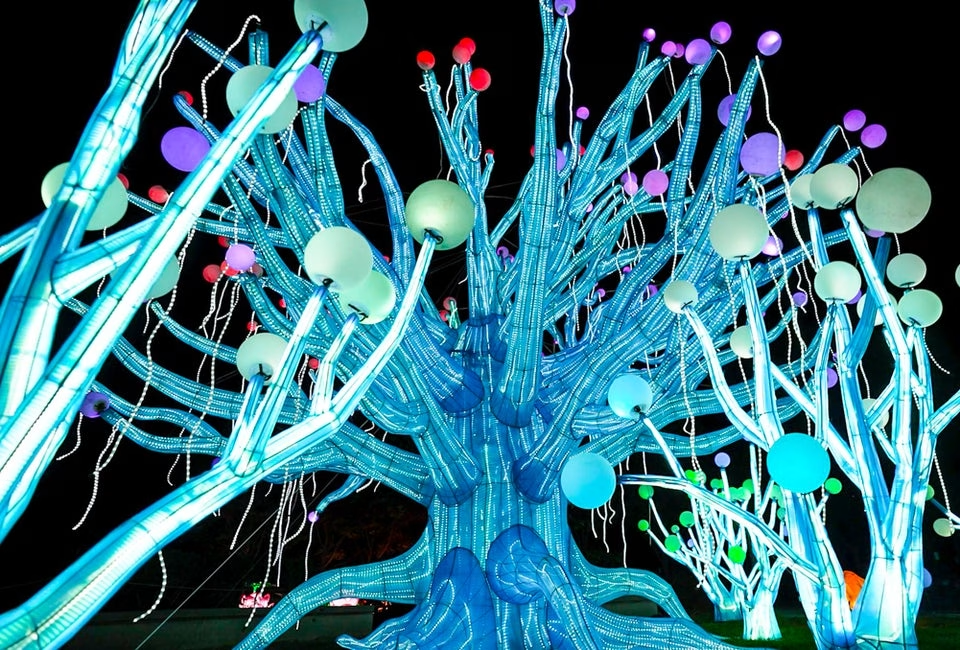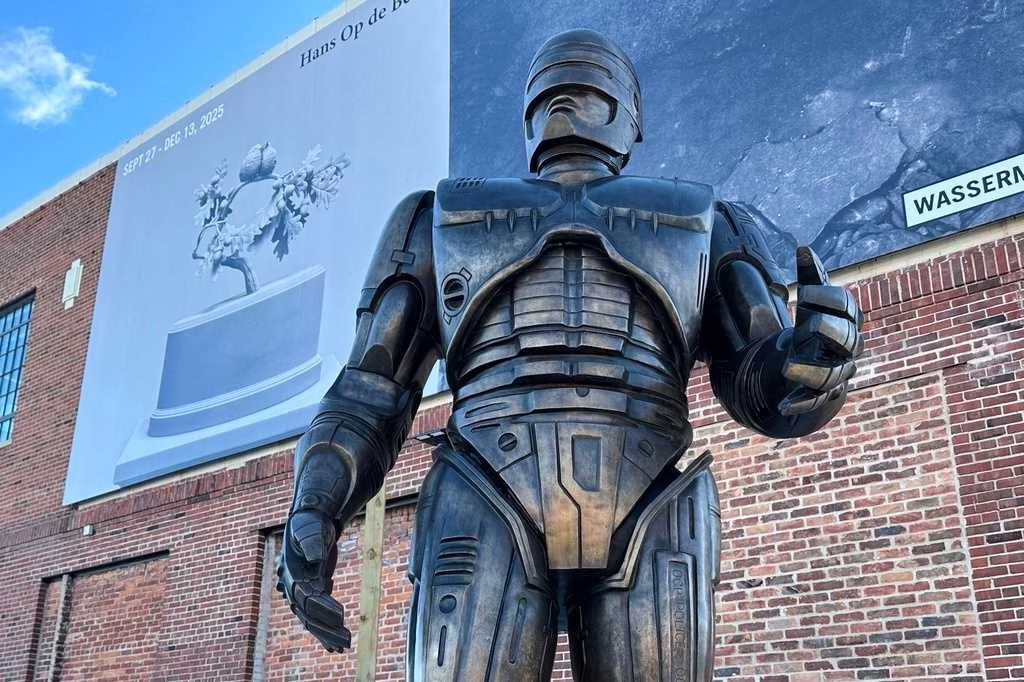Daylight Saving Ends as Clocks “Fall Back”
Understanding the End of Daylight Saving Time for 2025
Daylight saving time has officially ended for 2025. On Sunday morning, clocks were turned back, giving people an extra hour. This seasonal time change is a common occurrence in many parts of the United States and other countries around the world.
When Did the Time Change Occur?
The end of daylight saving time for 2025 took place on Sunday, November 2, at 2 a.m., when the time was adjusted to 1 a.m. This means that most Americans gained an additional hour, which many used as an opportunity for more rest.
Daylight saving time began earlier this year on March 9, and it will return next year on March 8, 2026, when clocks are set forward again.
What Happens When Daylight Saving Ends?
When clocks fall back, people gain an hour. For many, this means an extra hour of sleep. However, not all devices will automatically adjust. While digital clocks may reset overnight, individuals should manually check any watches or clocks that require adjustment.
The shift also affects daily routines. Darkness will arrive earlier in the evenings, and mornings will see sunrise sooner than during the daylight saving period.
The Origins of Daylight Saving Time
The practice of changing clocks twice a year has been around for decades, but its origins are somewhat unclear. Some theories suggest it was introduced to give farmers more daylight or to encourage people to rise earlier. However, these ideas are often debated.
Germany was the first country to implement daylight saving time in 1916 during World War I, with the goal of conserving energy. Other European nations and the United States followed in the subsequent years.
Despite some opposition over the years, the U.S. made daylight saving time a legal requirement through the Uniform Time Act of 1966, according to the Bureau of Transportation Statistics.
Which States Do Not Observe Daylight Saving Time?
Not all U.S. states participate in daylight saving time. In Hawaii and Arizona (excluding the Navajo Nation), clocks do not change. Additionally, several U.S. territories, including American Samoa, Guam, the Northern Mariana Islands, Puerto Rico, and the U.S. Virgin Islands, also do not observe the time change.
States can choose to opt out of daylight saving time, but they cannot permanently stay on daylight saving time. Most countries around the world do not observe daylight saving time, making the U.S. and much of Europe exceptions rather than the norm, according to Pew Research Center.
The Ongoing Debate About Daylight Saving Time
Public opinion on daylight saving time varies. A 2022 CBS News/YouGov poll found that nearly 80% of Americans supported changing the current system, with many preferring daylight saving time over standard time.
In 2022, the Senate passed the Sunshine Protection Act, which aimed to make daylight saving time permanent. However, the bill did not move forward in the House of Representatives.
Former President Donald Trump had previously expressed his desire to eliminate the time change, calling it inconvenient and costly. He suggested that the Republican Party would work to remove daylight saving time from the calendar.
While he advocated for its elimination, Trump had also supported making daylight saving time permanent, meaning keeping clocks one hour ahead.
Health Impacts of Changing Clocks
There have been numerous studies highlighting the potential health impacts of changing clocks twice a year. Researchers at Stanford Medicine have noted that the shifts can be disruptive, affecting mood and mental health. Additionally, these changes may lead to an increase in heart attacks, obesity, and strokes.
As the debate over daylight saving time continues, many Americans are looking for a solution that minimizes disruptions while maximizing the benefits of extended daylight.
- Quantum discovery shocks researchers by breaking rules of physics - December 20, 2025
- ITS beri keringanan UKT hingga Semester 8 untuk Mahasiswa Terdampak Bencana di Sumatera - December 20, 2025
- Kesehatan Katolik, CWA mencapai kesepakatan sementara mengenai kontrak empat tahun - December 20, 2025




Leave a Reply